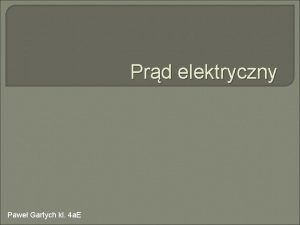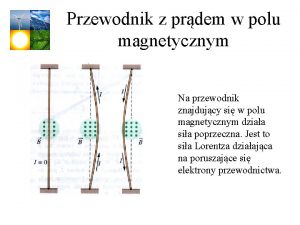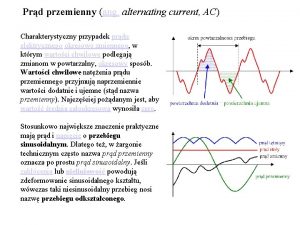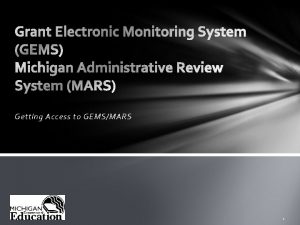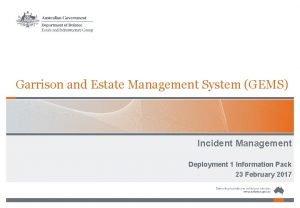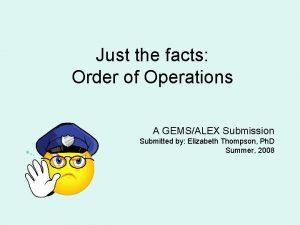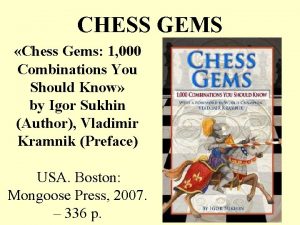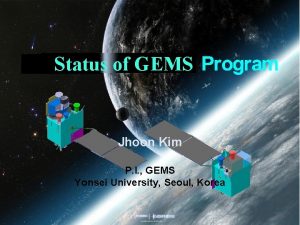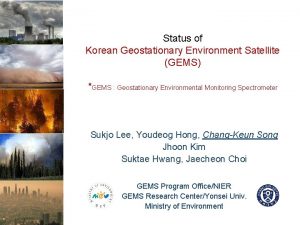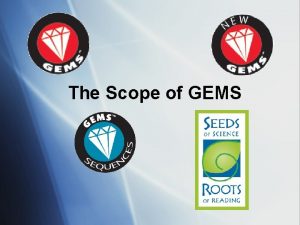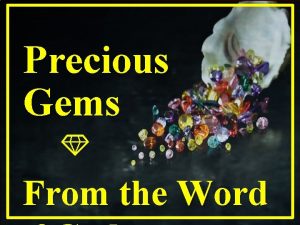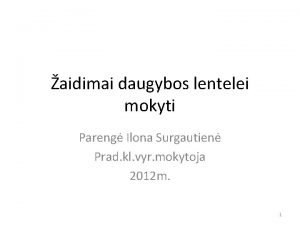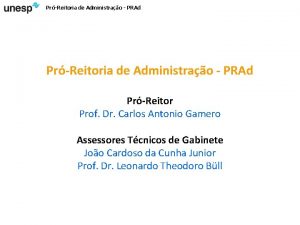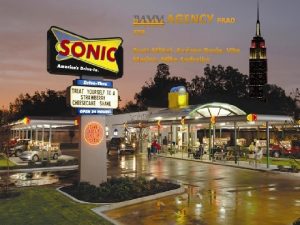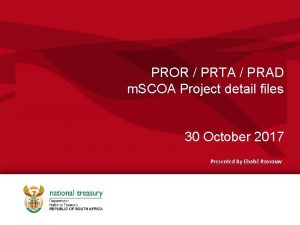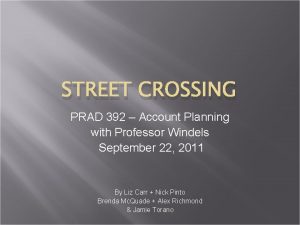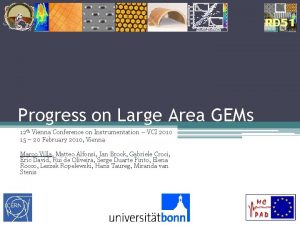Update on the Large GEMs for PRad Experiment


















- Slides: 18

Update on the Large GEMs for PRad Experiment in Hall B Kondo Gnanvo University of Virginia, Charlottesville, VA Outline ü PRad GEMs & Readout Electronics ü Preliminary results from the experiment run

The PRad Experiment @ JLab: ep → ep Scattering Proton Radius puzzle PRad Experiment (E 12 -11 -106): § High “A” rating (JLab PAC 39, June 2011) § Experimental goals: § Very low Q 2 (2× 10 -4 to 4× 10 -2) § 10 times lower than current data @ Mainz § Sub-percent precision in <rp 2> extraction Specifications for PRad Experiment § Non Magnetic spectrometer § High resolution and high acceptance calorimeter ⇨ low scattering angle [0. 7 o - 3. 8°] § Simultaneous detection of ee → ee (Moller Scattering) ⇨ minimize systematics § High density windowless H 2 gas ⇨ minimze background § clean CEBAF electron beam (1. 1 Ge. V & 2. 2 Ge. V) ⇨ minimze background SBS Weekly. Meeting @ JLab, 06/15/2016 2

The PRad Experimental Setup in Hall B Target specs: § cell length / diameter 4 / 8 cm H 2 target § cell material 30 μm Kapton GEMs: GEMs § factor of >10 improvements in § input gas temp. 25 K coordinate resolutions, similar § target thickness 1 x 1018 H/cm 2 improvements for Q 2 § average density 2. 5 x 10 17 H/cm 3 § unbiased coordinate reconstruction § Cell pressure 0. 6 torr (transition region), increase Q 2 range by § Vacuum in target chamber including Pb-glass ~5 x 10 -3 torr Hy. Cal specs: § 34 x 34 matrix of 2. 05 x 18 cm 3 Pb. WO 4 § 576 Pb-glass shower detectors (3. 82 x 45. 0 cm 3) § 5. 5 m from H 2 target (~0. 5 sr acceptance) § Resolutions for Pb. WO 4, σ/E = 2. 6 %/√�� , σxy = 2. 5 mm/√�� § Resolution for Pb-glass shower factor of ~2. 5 worse Vacuum box SBS Weekly. Meeting @ JLab, 06/15/2016 3

PRad GEMs: Design & Specifications Two modules mounted on the holding frame in PRad GEM configuration before the cosmic run in EEL (March 2016) 105 cm 123 cm GEM 1 2 D strips readout spatial resolution < 70 mm GEM 2 § Largest GEM detector ever built in the world § Each module(123 cm x 55 cm) is twice the size of SBS Back Tracker GEMs § The two modules overlap in the central part for the alignment of the beam pipe hole § COMPASS-like strip readout (1. 3 m long strips in the vertical direction ⇨ capacitance noise still OK) SBS Weekly. Meeting @ JLab, 06/15/2016 4

Upgrade of APV 25 -SRS Electronics for PRad GEMs § Hardware: § § SRS-SRU firmware upgrade: 10 Gb link implemented § 72 SRS-APV FE cards (36 per GEMs) ⇨ total of 9184 channels to read out § 8 SRS-ADC / SRS-FECs with 9 APVs cards each, 3 time samples § 2 SRS-SRUs to collected the data from the FECs § 2 CODA PC with TIpcie: Interface the SRS electronics into JLab DAQ (CODA) Limitation: 1 Gb link FEC to SRU Firmware § Upgrade of the Link SRU to DAQ to 10 Gb, § FEC firmware upgraded to handle buffering trigger and busy mechanism § The upgrades allow the SRS to perform at a rate of 5 k. Hz with less than 15% dead time Limitation: 1 Gb link SRU to DAQ PC Software § Integration of the SRS into CODA and implementation of the online zero suppression (S. Boiarinov, B. Moffit , JLab & X. Bai, UVa) § Development of online Monitoring for the GEM data (Weihzi Xiong, Duke U. ) B. Moffit, B. Raydo, DAQ & Fast Electronics Groups @ JLab SRS-FEC firmware upgrade: Trigger buffering SBS Weekly. Meeting @ JLab, 06/15/2016 5

Installation on the PRad Expriment in Hall B Hy. Cal Box Vac er u u m c hamb SRS crates underneath Hy. Cal Box SBS Weekly. Meeting @ JLab, 06/15/2016 6

Calibration run: Efficiency of the GEMs (Xinzhan’s preliminary analysis) § Dedicated time for GEM efficiency measurement during Hy. Cal calibration run § Small portion of the photons from the photon tagger converts into e- in the small scintillators just in front of the GEMs § Trigger from the scintillator, Scan of several spots on both chambers § Offline matching of the timing in the scintillator and the Hy. Cal hits to clean up the events in GEMs § efficiency > 95 % measured at different spots on each of the two GEMs § efficiency drops a few % when beam spots hits the spacer § More data still need to be analyzed Beam spot hitting the region where both GEMs overlap ⇨ same efficiency SBS Weekly. Meeting @ JLab, 06/15/2016 7

PRad production run program § Reached production goal for 1. 1 Ge. V beam on Hydrogen @ 15 n. A. § Over 500 M events collected, about 25 -30% are background and over 50 M events with empty target. § GEM chambers with the SRS electronics ran flawlessly § DAQ Performances § Average trigger rate 4. 4 k. Hz with average DAQ rate ~ 3. 8 k. Hz (Full DAQ system)⇨ 87% live-time. § Successfully tested the online zero suppression during calibration run phase § Data rate ~400 MB/sec without APV data online zero suppression (production run) § However, the trigger rate not affected by APV 25 raw data size and we have enough disk space ⇨ so production runs are without online zero suppression § Just start the production run at 2. 2 Ge. V (Until June 21 st) SBS Weekly. Meeting @ JLab, 06/15/2016 8

1. 1 Ge. V Production run: Online event matching between GEM and Hy. Cal GEMs An e-p elastic scattering event SBS Weekly. Meeting @ JLab, 06/15/2016 9

1. 1 Ge. V Production run: Online event matching between GEM and Hy. Cal GEMs An e-e Møller event SBS Weekly. Meeting @ JLab, 06/15/2016 10

Preliminary results from 1. 1 Ge. V Production run (Xinzhan’s preliminary analysis) θ distribution of double cluster events Q 2 distribution of single cluster events 2 es at r le did l ø M can om ts Fr ven E Preliminary matching of GEM hits with Hy. Cal clusters (Pb. WO 4 only) Total cluster energy in Hy. Cal > 700 Me. V Møller opening angle θ (deg) Δφ distribution of double cluster events e. V G -4 in 2 ts 0 1 Q n 5× est me i 1. w r 2 ~ lo xpe Q e e t th es d ring w e v e Lo ie att h c Ac p s e Q 2 (Ge. V 2) s te a r le id øl nd M a m ts c o Fr ven E SBS Weekly. Meeting @ angle JLab, 06/15/2016 Møller coplanarity Δφ (deg) Δφ 11

Summary § The PRad Experiment runs § Experiment has been successfully running for about 4 weeks § Over 600 M events collected (with about 25 -30% background) for the 1. 1 Ge. V run § 2. 2 Ge. V run just started and expect to run until June 21 st § Large PRad GEM chambers have been performing well § Two chambers performing at ~ 95% efficiency in the beam § Upgrade done on the APV 25 -based SRS electronics validated with the 1. 1 Ge. V beam run § Trigger rate of the full DAQ (SRS and Fast bus crates) stable at 3. 8 k. Hz with 87% live time § Preliminary results from analysis show expected performances of the GEMs will be met SBS Weekly. Meeting @ JLab, 06/15/2016 12

Back Up SBS Weekly. Meeting @ JLab, 06/15/2016 13

Front-End Electronics for PRad GEMs: The Scalable Readout System (SRS) Multichannel electronics developed by the RD 51 Collaboration for Micro Pattern Gaseous Detectors such as GEMs. It is based on: § SRS-APV 25: Front End cards (hybrids hosting the APV 25 chip) mounted on the detector ➩ send multiplexed data from 128 channels to SRS-ADC cards via standard commercial HDMI cables. § SRS-ADC: card that host the ADC chips, de-multiplex and convert data from up to 16 SRS-APV 25 cards into digital format then send them to the SRS-FEC cards § SRS-FEC: is the FPGA board, handles the clock and trigger synchronization of the SRS-APV hybrid cards, send digitized data from ADC to the SRS-SRU via 1 Gb Ethernet Copper link. § SRS-SRU: handles communication between multiple (up to 40) SRS-FEC cards and the DAQ computer. It also distributes the clock and trigger synchronization to the SRS-FEC cards and send the data fragment to the DAQ PC through Gb Ethernet. Need for the PRad GEMs: § Hardware: § 72 SRS-APV FE cards (36 per GEMs) ⇨ total of 9184 channels to read out § 8 SRS-ADC / SRS-FECs with 9 APVs cards, 3 time samples § 2 SRS-SRUs to collected the data from the FECs transfer to the DAQ PC § TIpcie: Interface the SRS electronics into JLab DAQ (CODA) § Firmware upgrade SBS Weekly. Meeting @ JLab, 06/15/2016 14

SRS-FEC Firmware Upgrade: Trigger Buffering (B. Moffit, JLab DAQ group - B. Raydo, JLab Fast Electronics Group) Non-buffered trigger FEC firmware (original): Live Dead APV UPD Frame ~10 us UPD Frame ~200 us § Dead/busy while APV sends triggered data and dead/busy while UPD packets are sent § For fixed trigger rate, the dead time is basically determined by the UDP data processing (~200 ms) § For random trigger: the mechanism is inefficient ⇨ no use of live time with low trigger burst but high trigger burst mean data loss because of dead time Buffered trigger FEC firmware (new): Live Dead APV APV UPD Frame ~10 us APV UPD Frame ~200 us § Dead/busy while APV sends triggered data, no longer dead/busy while UPD packets are sent § UDP processing of APV data is “de-correlated” from APV sending data § When buffers in FPGA (holding captured APV for UDP processing) become full, then the FEC create necessary dead/busy time. § For random trigger, @ high trigger burst, APV data are stocked in buffer and UDP packet is formed during the low trigger burst § Dead/busy time while APV sends data can be eliminated to improve live time, but requires significant changes to FEC firmware. SBS Weekly. Meeting @ JLab, 06/15/2016 15

Integration of SRS into JLab DAQ (B. Moffit, JLab DAQ group - B. Raydo, JLab Fast Electronics Group) PCIexpress Trigger Interface (TIpcie) § PC / Server Integration into JLab Pipeline DAQ § Standard PC Hardware allows for multiple network cards (1 G, 10 G, Infiniband) § Fiber Connection (Clock, Trigger, Sync) to Trigger Supervisor § Runs in Standalone (Master) or Larger-Scale DAQ (Slave). Software librairies for the slow control § C Library written to be used with CODA, but also works standalone (Master mode) § Kernel and userspace driver compatible with EL 5, EL 6 (i 386, x 86_64) Interface to the SRS § APV Data from SRU to the DAQ PC with 10 Gb Ethernet § SRU trigger from the TIpcie, FECs send BUSY signal to Trigger Supervisor § DAQ PC multiple cores/threads for data processing ⇨ online zero suppression reduction factor ~ x 200 § Online monitoring of Raw APVdata and GEM hits SBS Weekly. Meeting @ JLab, 06/15/2016 16

Integration of SRS into JLab DAQ: PRad DAQ Overview JLab network Data/Control GEM DAQ PC 10 Gb NIC TIpcie SRS-FEC BUSY signal Trigger to TI slaves Gate for Fastbus ADCs B. Moffit, S. Boiarinov, DAQ group @ Jlab & Chao Peng (Duke U. ) PRad DAQ PC 10 Gb. E optical fiber SRS-SRU SRS-FECs Crate Linear Sum Logic and Translation Trigger to TI master Timing information to JLab discriminators SBS Weekly. Meeting @ JLab, 06/15/2016 17

Monte Carlo Simulation: Impact of GEMs on the performances Reconstructed theta ring (0. 8 degree) Hy. Cal only Energy vs. angle, reconstructed hits Energy reconstruction σ(with Hy. Cal only) = 25 Me. V Hy. Cal only Hy. Cal + GEM σ = 26 Me. V angle reconstruction Hy. Cal + GEM σ=0. 0025 o SBS Weekly. Meeting @ JLab, 06/15/2016 18
 Prąd przemienny to prąd elektryczny o okresowo zmiennym
Prąd przemienny to prąd elektryczny o okresowo zmiennym Deferred update and immediate update
Deferred update and immediate update Prąd umysłowy renesansu
Prąd umysłowy renesansu Składa się z dwóch cewek na wspólnym rdzeniu
Składa się z dwóch cewek na wspólnym rdzeniu Zjawisko fotoelektryczne
Zjawisko fotoelektryczne Przez czajnik elektryczny plynie prad o natezeniu 10a
Przez czajnik elektryczny plynie prad o natezeniu 10a Hourdis pont
Hourdis pont Ac prąd przemienny
Ac prąd przemienny Anticipation guide definition
Anticipation guide definition Gems mars
Gems mars Gems mde
Gems mde Weather reflective model
Weather reflective model Incident response workflow
Incident response workflow Teepa snow gems
Teepa snow gems Hocked gems
Hocked gems Chapter 35 geriatric emergencies
Chapter 35 geriatric emergencies Ehrms ge
Ehrms ge Gems order of operations
Gems order of operations Gems diamond ems
Gems diamond ems
